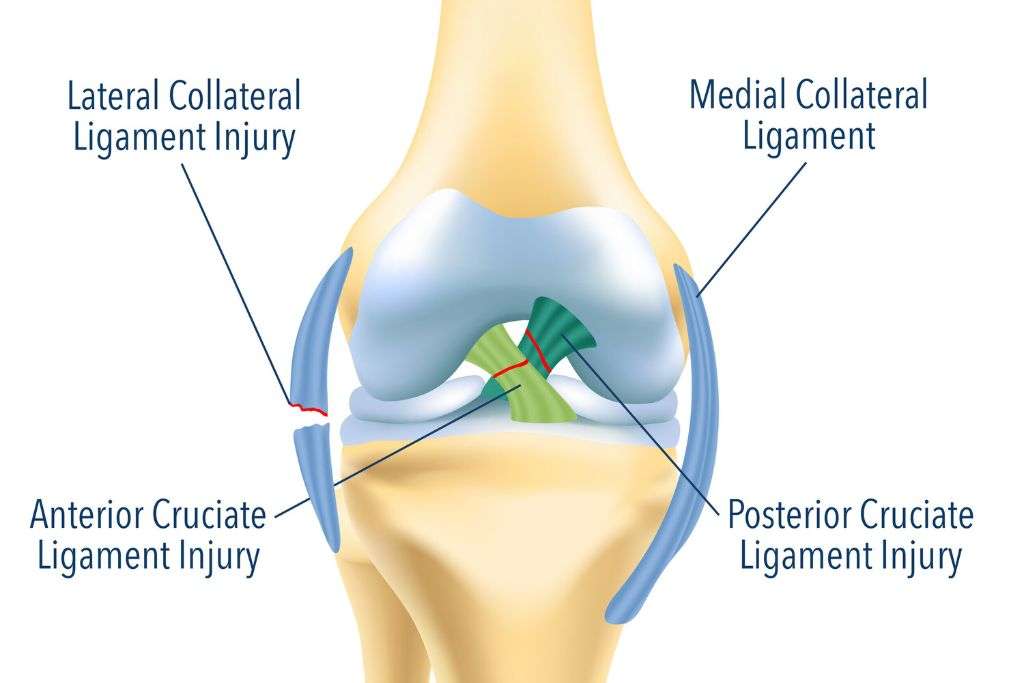
Welcome to Dr. Sayyad’s Orthopaedic Clinic – Your Trusted Destination for Orthopaedic Care
Multiligament repair is a medical procedure designed to address injuries involving multiple ligaments in a joint. Ligaments are tough, flexible bands of connective tissue that connect bones and provide stability to joints. Injuries to multiple ligaments in a joint can be complex and often result from trauma, such as sports injuries, accidents, or falls. The most commonly affected joints for multiligament injuries are the knee and the elbow.
Here, I’ll provide information specifically about multiligament repair in the context of knee injuries:
Multiligament Knee Repair:
1. Injury Overview:
- Multiligament knee injuries involve damage to two or more ligaments in the knee joint, such as the anterior cruciate ligament (ACL), posterior cruciate ligament (PCL), medial collateral ligament (MCL), and lateral collateral ligament (LCL).
- These injuries are often the result of high-impact trauma, sports injuries, or motor vehicle accidents.
2. Symptoms:
- Severe pain and swelling.
- Instability or giving way of the knee.
- Limited range of motion.
- Difficulty bearing weight on the affected leg.
3. Diagnosis:
- Clinical evaluation by a healthcare professional.
- Imaging studies such as MRI to assess the extent of ligament damage.
4. Treatment:
- Multiligament repair aims to restore stability and function to the knee.
- Surgical intervention is often necessary and may involve repairing or reconstructing damaged ligaments using grafts.
- Physical therapy is crucial for rehabilitation and strengthening after surgery.
5. Surgical Procedure:
- Surgeons may use arthroscopy, a minimally invasive technique, or open surgery, depending on the severity of the injury.
- Grafts, often taken from the patient’s own body or a donor, may be used to replace damaged ligaments.
- Repair or reconstruction of ligaments is performed, and additional procedures may be necessary based on individual cases.
6. Recovery:
- Rehabilitation is a gradual process, involving controlled exercises to regain strength, flexibility, and joint stability.
- Full recovery may take several months, and the timeline varies based on the severity of the injury and the type of surgery performed.
7. Complications:
- Complications can include infection, stiffness, and graft failure.
- Close postoperative monitoring and adherence to rehabilitation protocols are essential to minimize complications.
8. Postoperative Care:
- Patients are typically advised to follow a prescribed rehabilitation program, including physical therapy, to optimize recovery.
- Regular follow-up appointments with the orthopedic surgeon are essential to monitor progress.

